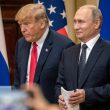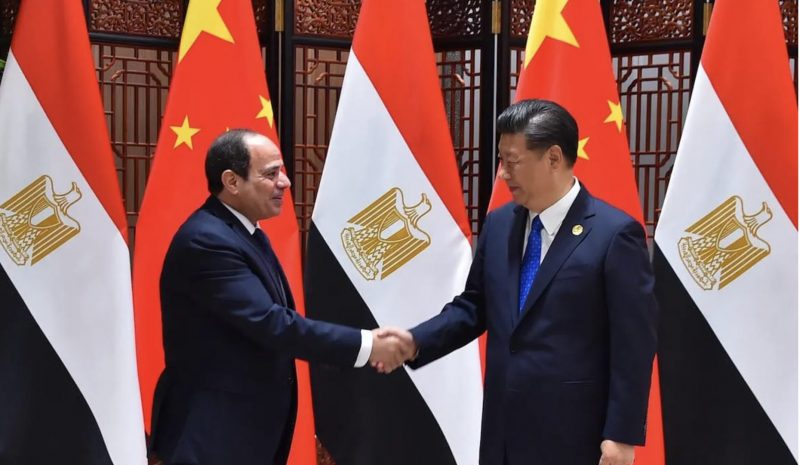The Birth of a Global Powerhouse: Exploring the Timeline of the BRICS Alliance’s Formation
When was the BRICS Alliance formed?
The answer to this question is significant for understanding the emergence of new global powerhouses and the future of global economic growth.
The BRICS Alliance, comprising Brazil, Russia, India, China, and South Africa, has emerged as the new driver of the global economy.
This article will explore the timeline of the formation of the BRICS alliance, its economic growth and global influence, and the future prospects of this unique economic and political partnership.
Plus, we’ll answer the base question of, “When was the BRICS Alliance formed?”
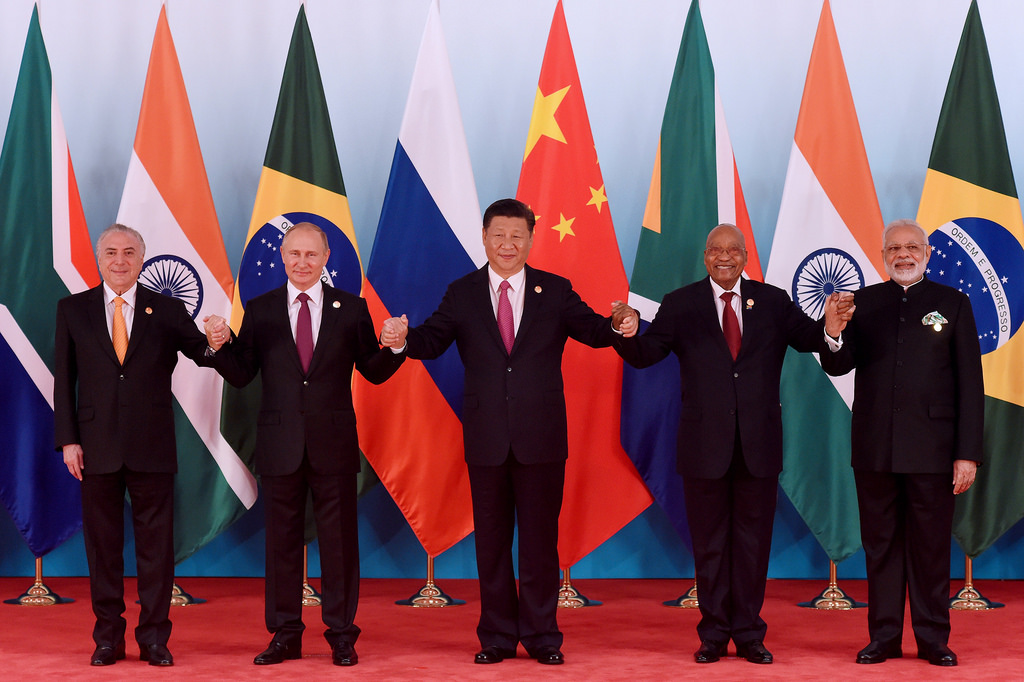

Understanding the Origins of the BRICS Concept to Help Us Answer: When was the BRICS Alliance formed?
The term “BRIC” was first coined by Jim O’Neill, a British economist working for Goldman Sachs, in a 2001 research paper titled “Building Better Global Economic BRICs.”
In this paper, O’Neill argued that the four BRIC countries—Brazil, Russia, India, and China—had the potential to become the world’s leading economies in the 21st century.
He predicted that by 2050, these four countries would together account for more than half of the global GDP, surpassing the combined GDP of the G7 nations.
At the time, O’Neill’s predictions seemed far-fetched to many. Later, the rapid economic growth of the BRIC countries in the following years proved him to be right.
The BRICS alliance started gaining prominence globally, and their economic and political influence grew in tandem.
The addition of South Africa to the group in 2010 marked the birth of the BRICS alliance as we know it today.
When was the BRICS Alliance formed? Timeline of the BRICS Alliance Formation
While the idea of the BRIC countries dates back to 2001, the actual formation of the alliance took shape in the years that followed.
Here’s a brief timeline of the key events that led to the formation of the BRICS alliance:
- 2001: Jim O’Neill coins the term “BRIC” in his research paper.
- 2006: The foreign ministers of the BRIC countries meet for the first time in New York, laying the groundwork for future cooperation.
- 2008: The leaders of the BRIC nations hold their first official meeting on the sidelines of the G8 summit in Japan.
- 2009: The inaugural BRIC summit takes place in Yekaterinburg, Russia, marking the formal establishment of the alliance.
- 2010: South Africa joins the group, and the term “BRICS” is adopted.
- 2011: The first BRICS summit with South Africa as a member is held in Sanya, China.
- 2014: The BRICS nations establish the New Development Bank (NDB) and the Contingent Reserve Arrangement (CRA) to strengthen their economic cooperation.
Economic Growth and Global Influence of BRICS Countries
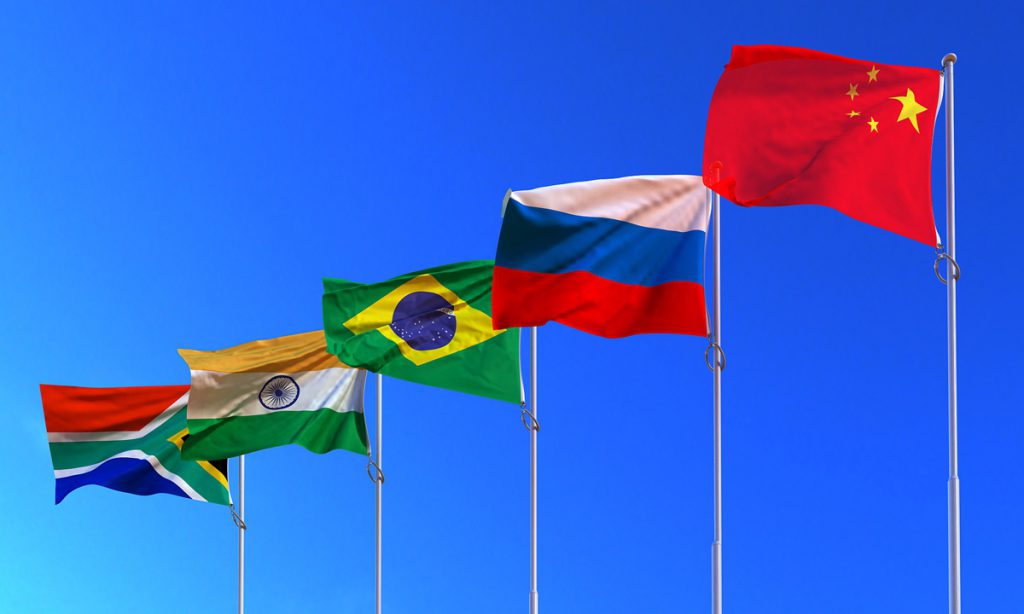

Since the early 2000s, the BRICS countries have achieved remarkable economic growth, and as of 2020, they collectively represent approximately 24% of the global GDP. This percentage will increase in the coming years.
Additionally, these countries are home to more than 40% of the world’s population, giving them significant demographic weight.
The BRICS countries have also made their mark on the global stage by participating in international organizations and growing their influence in global governance.
They have played a key role in shaping the policies and agendas of institutions like the World Bank, the International Monetary Fund (IMF), and the World Trade Organization (WTO).
Their collective voice has become increasingly powerful in international negotiations, particularly on issues related to trade, climate change, and sustainable development.
The Contingent Reserve Arrangement (CRA)
BRICS established the Contingent Reserve Arrangement (CRA) in 2014, a multilateral currency swap deal worth $100 billion.
It helps stabilize member countries’ economies in times of financial crisis by allowing them to draw on each other’s reserves.
The CRA shows the BRICS’ dedication to economic cooperation and financial stability.
It also indicates the group’s growing influence in global economic governance. How? By offering an alternative to the IMF and other Western-dominated financial institutions.
Impact of the BRICS Alliance on the Global Economy
The emergence of the BRICS alliance has had far-reaching implications for the global economy.
BRICS’ growth and influence are changing the global economy and challenging Western powers.
Some of the key ways in which the BRICS alliance has impacted the global economy include:
- A shift in economic power: the BRICS’ rapid economic growth redistributed global wealth and power. This boosts emerging market economies’ prominence and weakens developed economies.
- Increased Country Cooperation: The BRICS alliance has fostered greater cooperation among developing countries. This has led to increased trade and investment flows between the global south and the north.
- Challenges to the Bretton Woods institutions: The BRICS countries have become vocal critics of the existing global financial architecture. They are calling for a more equitable and representative system.
BRICS and the USA: A Shifting Global Power Dynamic
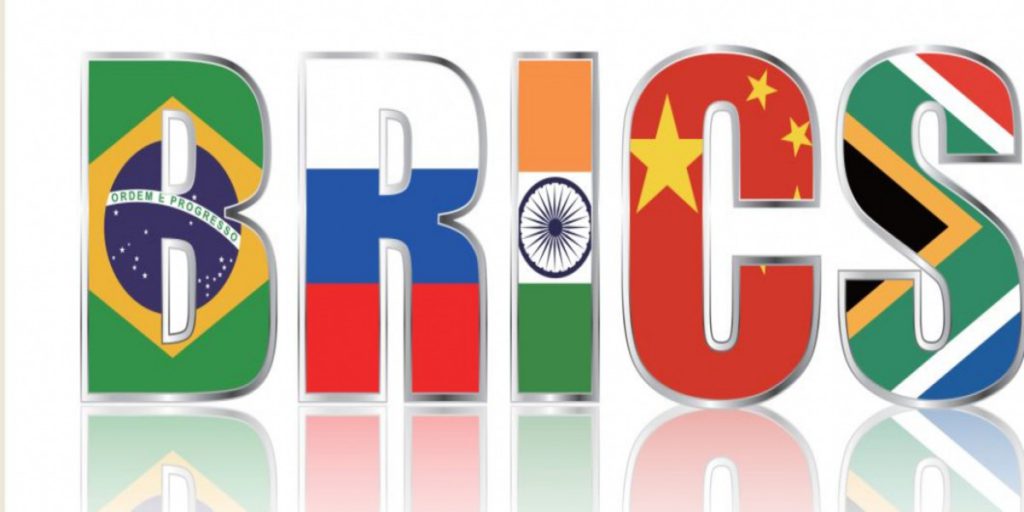

The BRICS alliance’s rise shifted global power dynamics, particularly for the US, as the BRICS grew economically. Competition ensued for global economic control. Despite this, they share common interests and can benefit from cooperation.
The alliance has evolved and shown commitment to promoting development and cooperation. The BRICS have the potential to shape the global economy. However, they must tackle challenges such as inequality, corruption, and environmental degradation.
The BRICS emergence as a global powerhouse has reshaped global power dynamics, providing a platform for economic cooperation and development. Their influence on the global stage will only increase, presenting challenges and opportunities.
The BRICS success has encouraged other developing countries to band together, promoting their collective interests. Emerging market economies seek to challenge traditional economic powers, creating a more diverse and competitive global landscape.
Conclusion
In conclusion, forming the BRICS alliance marked a significant turning point in global economic history.
The coalition’s dominance reshaped power dynamics and propelled global economic growth. The BRICS countries must address shared challenges and work for mutual growth.
The alliance’s future is bright and will play a vital role in the global economy.



